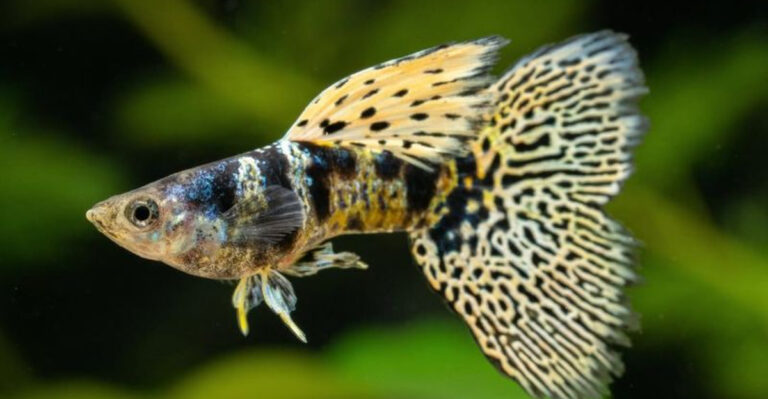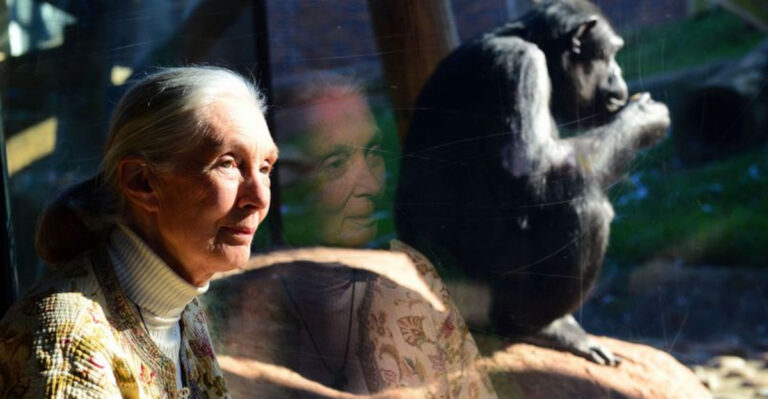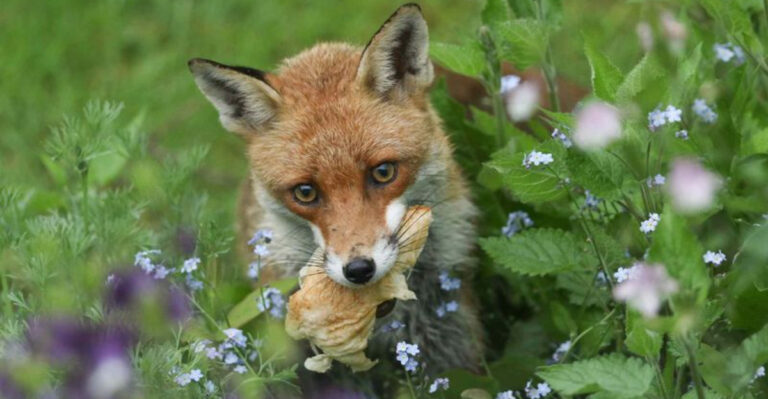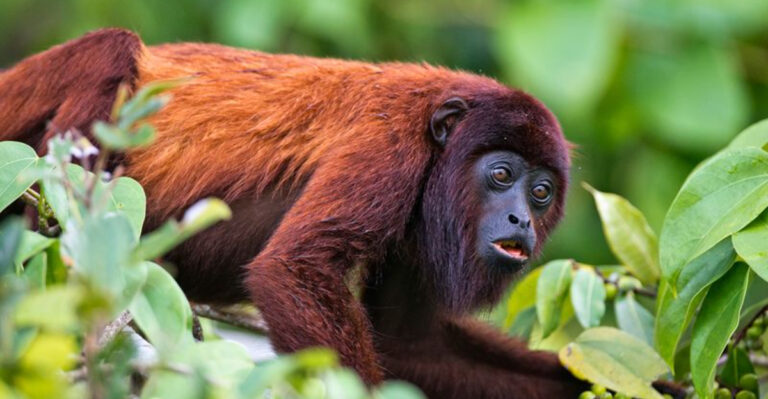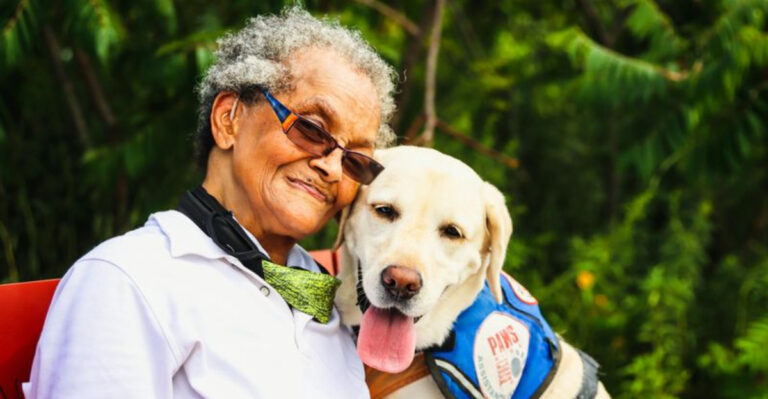Top Locations To See Koalas Snoozing In Their Natural Environment

Ever wondered where you can catch koalas taking their famous 20-hour naps? These adorable marsupials spend most of their day sleeping in eucalyptus trees, making them one of Australia’s most relaxed animal attractions.
Whether you’re planning a trip Down Under or just daydreaming about cuddly creatures, these koala-spotting locations offer the perfect chance to see these sleepy furballs in their natural habitat.
1. Koala Nap Basics: Understanding Their Sleepy Habits
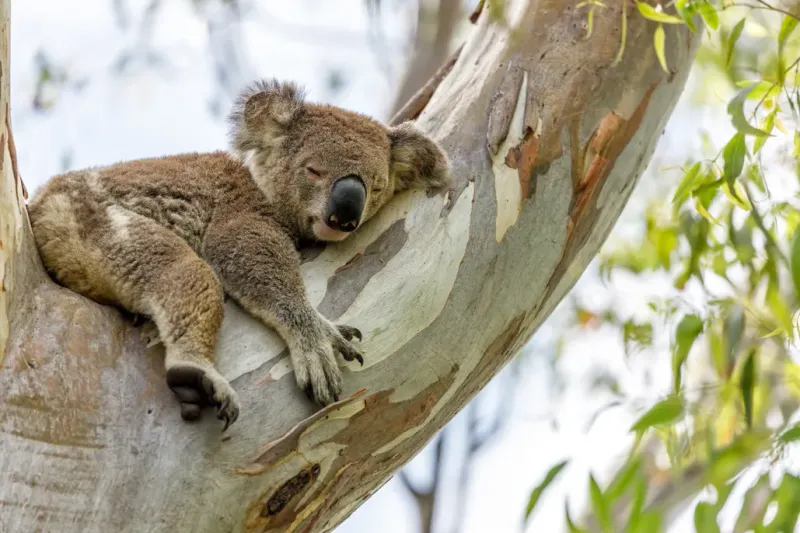
Koalas are champion snoozers, sleeping up to 22 hours daily! This extreme sleepiness isn’t laziness – it’s actually a survival strategy. Their eucalyptus leaf diet provides very little energy while containing toxins that take lots of effort to digest.
Baby koalas (called joeys) sleep even more, often curled up against mom’s warm belly. The best viewing times are early morning or late afternoon when they might briefly wake for a leafy snack.
When sleeping, koalas wedge themselves into tree forks, looking like fuzzy gray lumps against the bark. Their specialized bottom has extra cartilage padding – nature’s perfect cushion for lengthy tree naps!
2. Kennett River, Great Ocean Road, Victoria
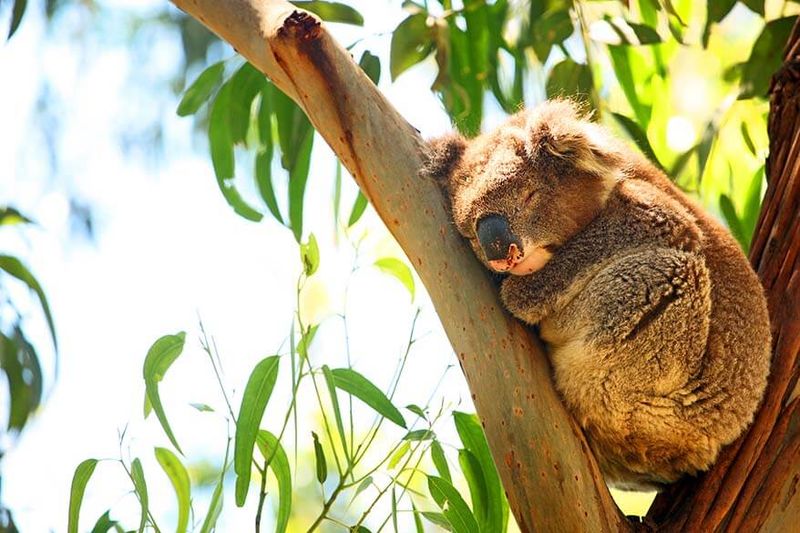
The Grey River Road at Kennett River boasts some of Australia’s most reliable koala spotting opportunities. Locals affectionately call this stretch the ‘Koala Highway’ because of how frequently these fuzzy nappers appear in the trees lining the road.
Morning visitors often count a dozen or more koalas lounging in the manna gum eucalyptus trees. Unlike zoo experiences, here you’ll witness completely wild koalas choosing their favorite napping spots.
Park at the Kafe Koala, grab a wildlife spotting map, and stroll up the road. Remember to keep voices low – these sleeping beauties startle easily despite their drowsy appearance!
3. Raymond Island, Gippsland Lakes, Victoria
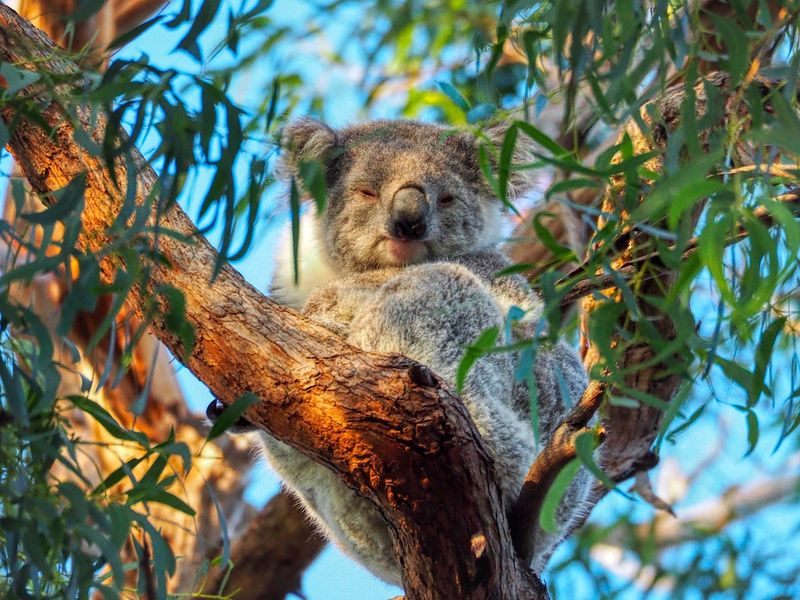
Raymond Island feels like stepping into a koala paradise! This tiny island, accessible by a five-minute ferry ride, hosts one of Australia’s densest koala populations. The island’s koala trail leads visitors through neighborhoods where these fuzzy creatures snooze right above residential streets.
Unlike many locations, Raymond Island’s koalas often pick lower branches, making photography a breeze. The island’s introduction program from the 1950s proved so successful that these sleepyheads now outnumber human residents!
Grab the free map from the ferry landing and follow the koala trail markers. The island’s flat terrain makes this an easy walking adventure for all ages and abilities.
4. Magnetic Island, Queensland
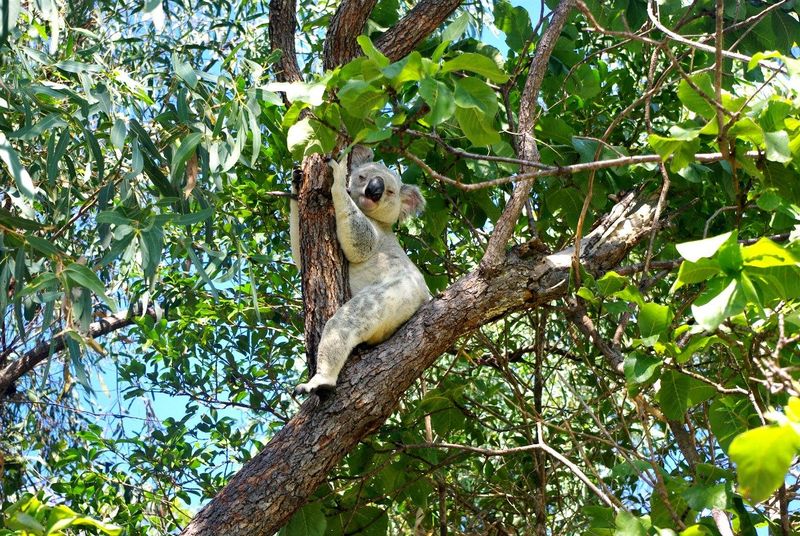
Magnetic Island harbors a secret – nearly 800 wild koalas call this tropical paradise home! The Forts Walk, a popular 4km trail, offers the island’s premier koala-spotting experience. Rangers have identified specific trees where sleepy koalas regularly appear, making this location a near-guaranteed sighting opportunity.
Unlike southern koalas, these northern cousins have shorter, lighter fur adapted to Queensland’s warmer climate. They often stretch out along branches rather than curling into balls, creating perfect photo opportunities.
Morning walks provide the best chance to see active koalas before they settle into their daytime slumber. The trail combines WWII history with wildlife viewing – a uniquely Australian experience!
5. Kangaroo Island, South Australia

Kangaroo Island’s koalas have a fascinating backstory – they’re completely chlamydia-free, unlike many mainland populations! Introduced in the 1920s, these healthy koalas thrived so successfully that management programs became necessary to protect the island’s precious manna gum forests.
Hanson Bay Wildlife Sanctuary offers guided koala walks through pristine bushland. The sanctuary’s guides know exactly which trees to check, often spotting koalas visitors would otherwise miss. Morning fog creates magical photo opportunities as sunlight filters through the mist around sleeping koalas.
The island’s 2020 bushfires devastated wildlife populations, but surviving koalas now serve as symbols of resilience as the forests regenerate. Your visit supports ongoing conservation efforts.
6. Cape Otway, Great Ocean Road, Victoria
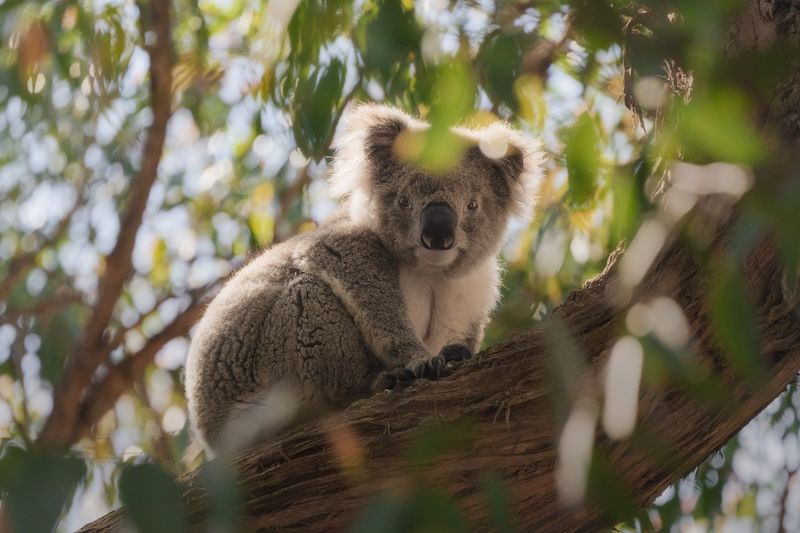
Cape Otway’s ancient manna gum forests host what might be Victoria’s most photogenic koala population. The road leading to Cape Otway Lightstation transforms into koala-spotting central, especially during summer months when visitors regularly spot dozens of sleepy koalas.
These particular eucalyptus forests create perfect koala viewing conditions. The widely-spaced trees with relatively open canopies make spotting the gray furballs easier than in denser bushland.
Pull into designated viewing areas rather than stopping on the narrow road. Early mornings provide magical opportunities when fog weaves between the trees and koalas might be briefly active before settling into their daily sleep routine. The lighthouse area charges entry fees, but the roadside koala viewing remains free!
7. Tidbinbilla Nature Reserve, Australian Capital Territory

Tidbinbilla offers a unique koala-spotting guarantee through its protected eucalyptus sanctuary. Unlike completely wild settings, this semi-managed environment ensures visitors always glimpse these sleepy marsupials through thoughtful habitat design.
The sanctuary’s elevated boardwalk winds through koala territory at perfect viewing height. Informative signs explain koala behavior and conservation challenges, making this spot educational as well as adorable. Rangers conduct regular health checks on the resident koalas, providing fascinating insights into koala care.
Morning fog creates ethereal viewing conditions as it drifts through the eucalyptus stands. The reserve sits just 40 minutes from Canberra, making it the capital city’s premier koala-viewing destination and a wonderful escape from urban environments.
8. Noosa National Park, Queensland

Noosa National Park hides a special surprise along its coastal walking tracks – wild koalas snoozing with ocean views! These lucky koalas inhabit one of Australia’s most scenic habitats, where eucalyptus forests meet pristine beaches.
The park’s koala population faces urban challenges, making each sighting particularly meaningful. Volunteer koala spotters often position themselves along popular tracks during peak seasons, helping visitors locate these masters of camouflage.
Try the coastal track between Tea Tree Bay and Granite Bay for your best chances. Morning walkers frequently spot koalas before the midday heat sends them higher into the canopy. Pack binoculars – Noosa’s koalas often pick the highest, breeziest branches for their ocean-view naps!
9. Phillip Island, Victoria
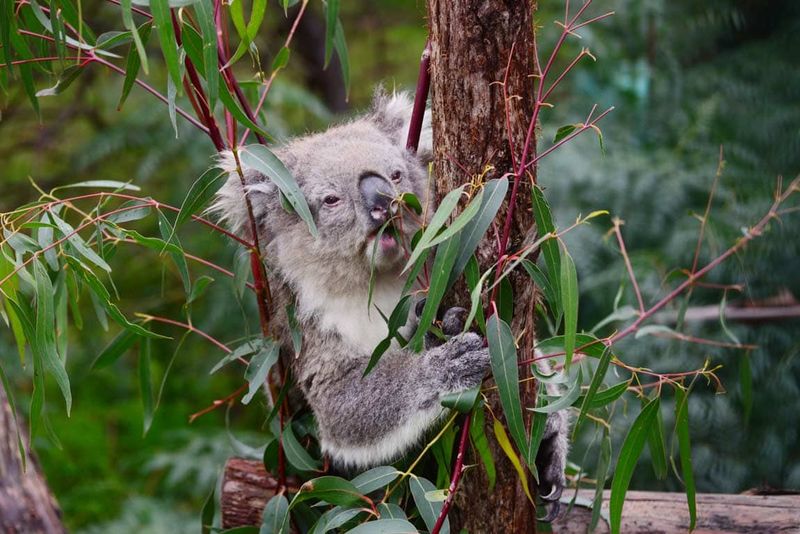
The Koala Conservation Reserve on Phillip Island offers boardwalks at treetop level – perfect for eye-to-eye encounters with snoozing koalas! Unlike many viewing locations, these elevated walkways bring visitors to koala height without disturbing their natural behavior.
The reserve’s woodland setting hosts a healthy koala population that benefits from ongoing research and protection. Rangers place small name tags on trees with regular koala visitors, giving these sleepy residents individual identities visitors connect with.
Morning visits often reveal koalas in their brief active periods, munching eucalyptus leaves before settling into their famous daytime naps. The island’s cool climate means these koalas sport especially thick, fluffy coats compared to their northern relatives – extra adorable during winter months!
10. Yanchep National Park, Western Australia
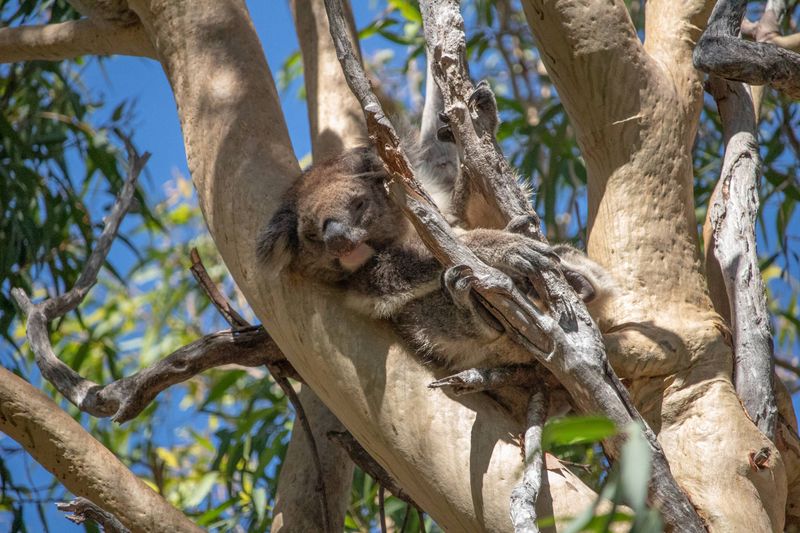
Yanchep National Park offers Perth’s best koala viewing through its specially designed koala boardwalk. While not technically wild (the koalas were introduced here), the colony lives in a natural woodland setting that closely mimics their preferred habitat.
Park rangers supplement the koalas’ diet with fresh eucalyptus branches daily, ensuring their nutritional needs are met. This feeding routine means koalas often position themselves near accessible branches, creating perfect viewing opportunities.
The boardwalk’s informative signage explains koala conservation challenges facing Western Australia. Early mornings provide magical photo opportunities as golden light filters through the trees, highlighting the koalas’ fluffy ears and distinctive nose. At just 45 minutes from Perth, this park offers the west coast’s most accessible koala encounter.
11. Port Stephens, New South Wales
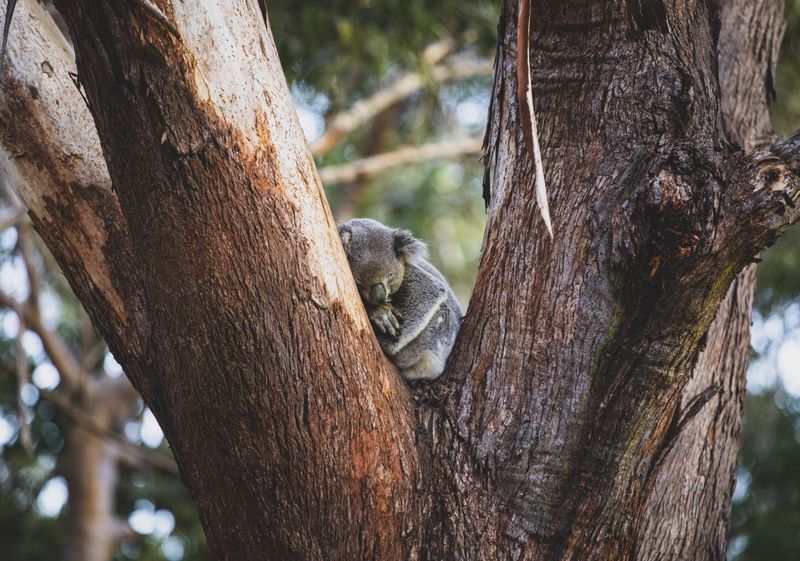
Port Stephens harbors a precious wild koala population that wildlife enthusiasts treasure. The Tilligerry Habitat Reserve offers guided koala-spotting walks through natural bushland where these endangered NSW koalas find refuge.
Unlike more famous locations, Port Stephens provides intimate encounters without crowds. Volunteer guides know exactly which trees local koalas favor for their daily snoozes, significantly increasing your chances of spotting these masters of camouflage.
The best viewing comes after rain when koalas descend lower in trees to avoid wet canopies. The reserve’s work supports crucial habitat preservation for these vulnerable creatures. Early morning walks through misty eucalyptus groves create magical opportunities to photograph these sleepy symbols of Australia in their natural environment.
12. Great Otway National Park, Victoria
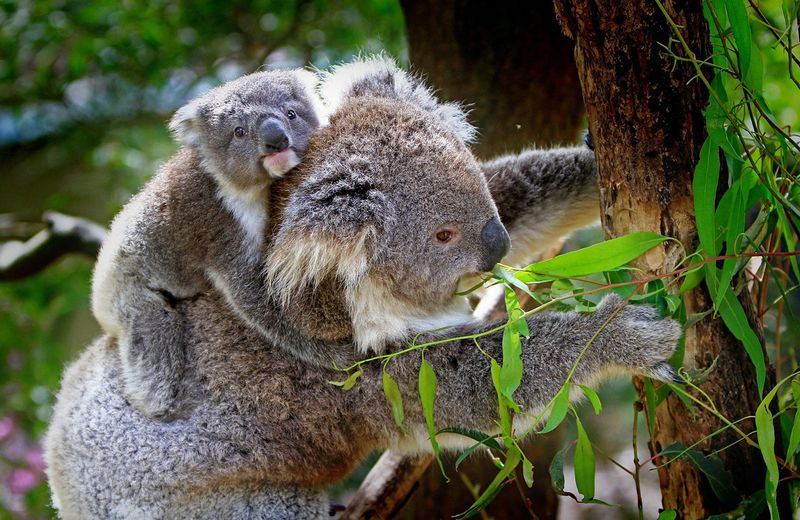
The Great Otway National Park hides koala hotspots along Lighthouse Road and nearby campgrounds. These wild koalas often choose trees surprisingly close to human activity, creating unexpected encounters that delight visitors.
Kennet River’s Grey River Road gets the fame, but savvy wildlife spotters know the Otway’s interior forests host equally impressive koala numbers. The difference? Far fewer tourists competing for viewing spots!
Maits Rest Rainforest Walk occasionally rewards observant hikers with koala sightings in transition zones where rainforest meets eucalyptus stands. Camping overnight at Blanket Bay or Parker Hill campgrounds often leads to morning koala discoveries right above tents! The park’s mix of coastal and inland forests creates diverse koala habitats across its expansive wilderness.
13. You Yangs Regional Park, Victoria

You Yangs Regional Park hosts a special koala research project where individual koalas are identified by their unique nose patterns – like furry fingerprints! Volunteer-led koala conservation walks take visitors to recent koala sightings, dramatically increasing your chances of spotting these masters of camouflage.
The park’s location just 45 minutes from Melbourne makes it perfect for day-trippers seeking wild koala encounters. The granite hills create diverse microclimates where koalas select perfect sleeping spots based on daily weather conditions.
Researchers have followed certain koalas for generations, creating fascinating family histories visitors learn about during guided walks. The conservation programs here have developed innovative mapping techniques now used worldwide for tracking threatened species in natural habitats.
14. Lone Pine Koala Sanctuary, Queensland

While technically not wild, Lone Pine deserves mention as the world’s first and largest koala sanctuary. Their naturalistic habitats include large eucalyptus groves where koalas live in social groups mimicking wild behavior patterns.
The sanctuary’s elevated walkways provide perfect viewing angles of koalas in various sleeping positions – from the classic ‘koala ball’ to stretched-out summer naps. Educational talks throughout the day explain the fascinating science behind koala sleep patterns and their specialized digestive system.
Conservation breeding programs here support wild population recovery efforts. Early morning or late afternoon visits showcase feeding times when koalas briefly awaken from their legendary naps. For photographers, the sanctuary offers unparalleled opportunities to capture detailed portraits of these iconic sleepers in natural light.

